No products in the cart.
in Fujifilm, Reviews, 30 comments
Fujifilm X-T3 for Landscape and Nature Photography
by David Kingham // March 26, 2019
in Fujifilm, Reviews, 30 comments
by David Kingham // March 26, 2019
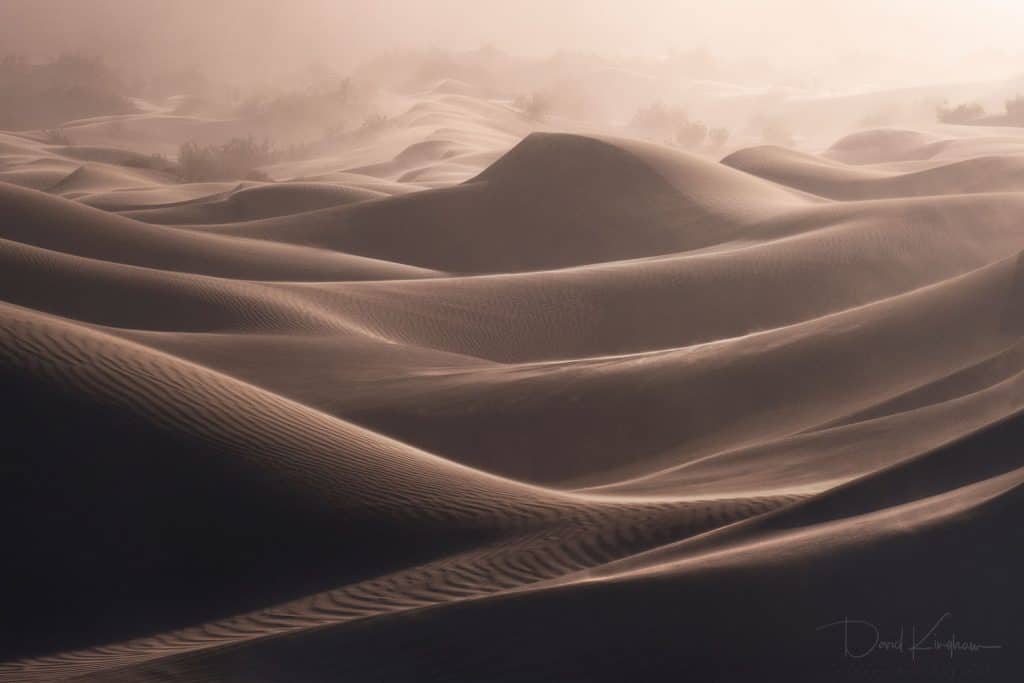
It has been over four years since I switched to the Fujifilm mirrorless system. I have watched people switch to Sony, back to Nikon, back to Canon while I sit in my blissful little world of a camera I truly love using. I do not worry about having a full-frame sensor with the most megapixels, etc. Cameras are all great today, and the Fujifilm X-T3 is no exception.
Note: All the images in this post are taken with the X-T3 and you can see full size versions by visiting this link.

I hear the question all the time “is the Fuji good for landscape photography?” I can answer this with a resounding YES! I’ll just dive right into the details of why it is a great camera for landscape photography.
This may not qualify as a ‘feature’ but to me it is one of the most important factors, and a big reason I switched in the first place. Everyone talks about ‘going mirrorless’ to save weight, but the reality with all full-frame cameras is that you are only saving a couple ounces in most cases. This is because the lenses stay the same size and this is where most of the weight comes from. Because the X-T3 has a cropped sensor the lenses can stay quite small.
My hiking kit consists of the X-T3 with three lenses; the 10-24, 18-55, and the 55-200. Covering a range equivalent to 15-300 on a full frame. All of this only weighs 4.07 pounds.
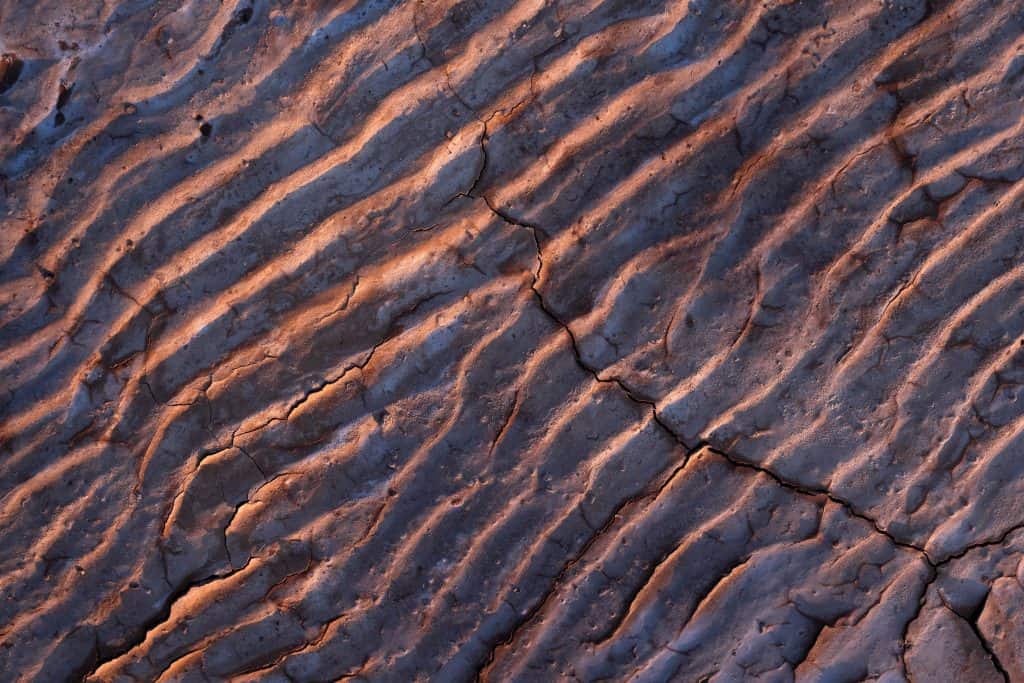
There are a lot of naysayers when it comes to the Fujifilm X-Series for nature photography. Yes, it has a cropped APS-C sensor and ‘only’ 26.1 megapixels. You are made to believe that your images are terrible if you’re not shooting with a full-frame camera that has at least 45 megapixels! The reality is that cropped sensors have come a long way and they are incredibly capable these days. Megapixels are a ridiculous metric that people continue to chase, it seems there are never enough. Do you really need all those MP’s for something you will post to the web at 1500px? Do you really need them for a 30×42 print that if you step back from and view at a reasonable distance you will never know the difference? Photographers tend to focus more on the gear rather than the meaning behind an image.
Let’s deal with the 500 pound gorilla in the room first; worms. If you have done any research you have surely come across the discussion of X-trans sensors creating worms when sharpening, especially with Photoshop or Lightroom. It’s somewhat true that Adobe has done a poor job of processing X-trans files, I wish it was better. But, it’s not the end of the world. I use Lightroom to process all of my images and am very happy with the results.
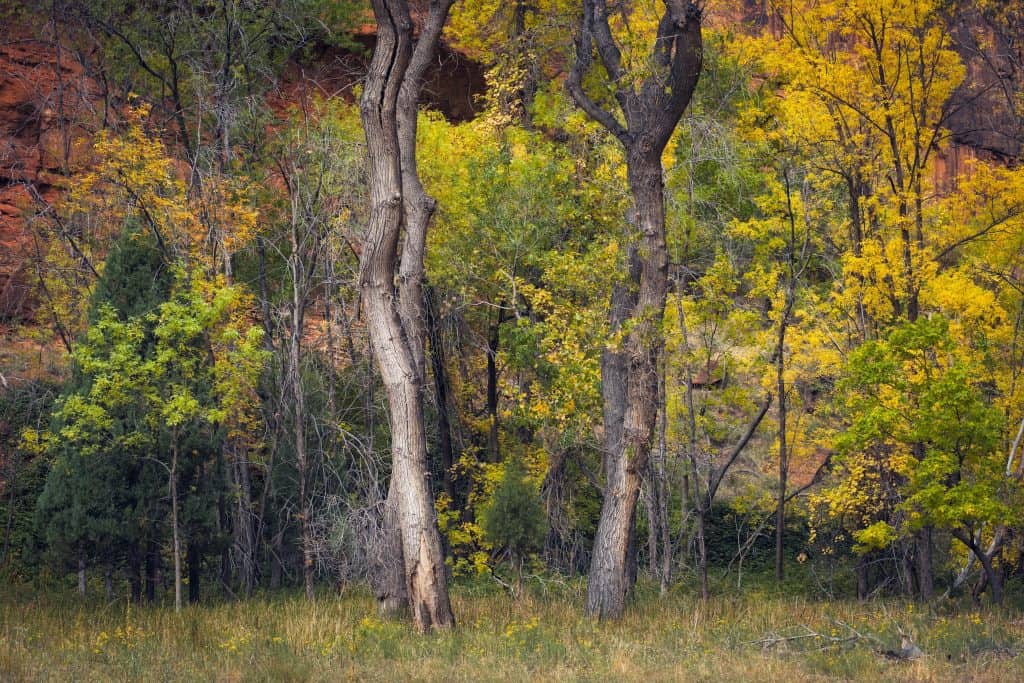
I have found that the detail slider (for Sharpening) in Lightroom is what causes worms, in fact it does this with most cameras and should be watched carefully, it’s just more apparent with the X-Trans. The setting I use for sharpening is an amount around 100, Radius of 0.8, and Detail of 0. This gives a subtle amount of sharpening that removes the softness from a raw file which is what you want.
There are a few scenarios where I have to use an add-on product to help alleviate the worms, if I have an image with a lot of fine detail, or when dealing with foliage. You do end up with a mushy mess when working with foliage in Adobe products. The easiest solution is to use Iridient X-Transformer which will process the raw file for sharpening and noise reduction, then bring a DNG back into Lightroom where you can do your final processing. It’s a fairly painless process and it’s not like I’m converting every single image, just the very best. If you’re not a pixel peeper you will likely never notice the worm issue using the settings above.
The other options are to use Affinity Photo, Capture One Express Fujifilm, or RAW Therapee, all of which do a great job processing X-Trans files.
Dynamic range is still good on the X-T3, it hasn’t changed much from the X-T2, just better at ISO 160, but nothing you would notice in most situations. I have no complaints with the DR, it is quite close to the D850 and it’s still always better to blend images for maximum quality if that is your concern.
I have put the X-series cameras through their paces in all sorts of ridiculous conditions and have been very impressed. Once I was photographing plant oils in the Zion Narrows and managed to knock my tripod over due to a floppy tripod leg, which sent my X-T2 hurdling into a pool stagnant algae filled ‘water’. As I retrieved it there

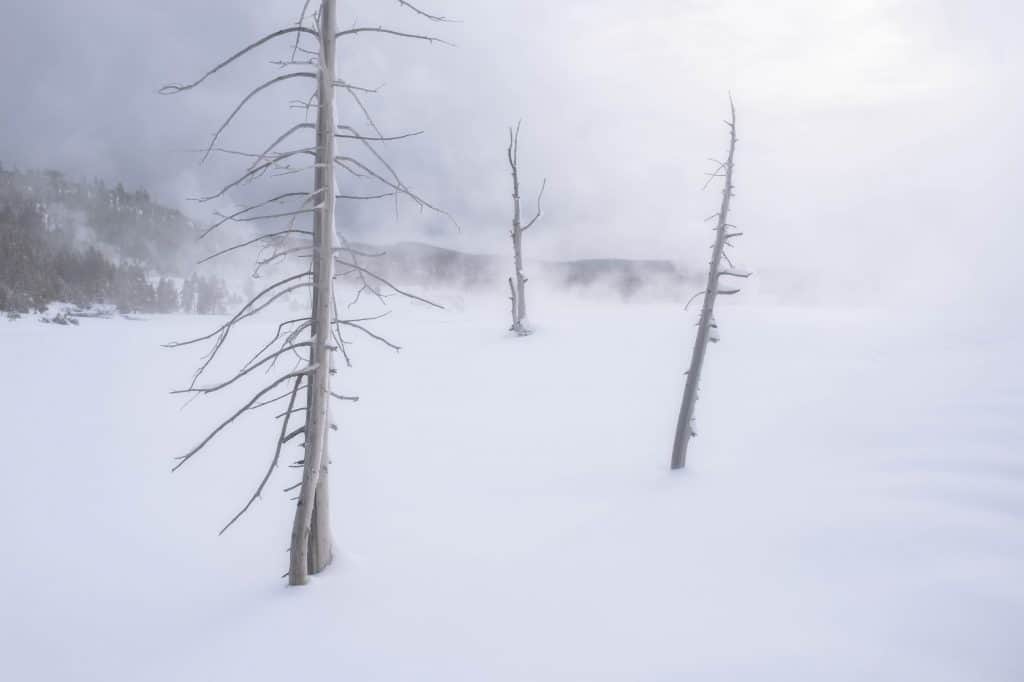
I also recently spent a week in the Tetons and Yellowstone in the winter using the X-T3. Overall it performed very well in the extreme

A concern many people have about transitioning from a DSLR to mirrorless is losing the optical viewfinder. This was a legitimate concern when mirrorless first came out, but since then the electronic viewfinder has evolved by leaps and bounds. I could not imagine going back to an optical viewfinder now! Some would argue that you are no longer seeing ‘reality’. I would argue that what you see in the viewfinder is much closer to what you would get in the final image, which is what is really important is it not? I love being able to set the white balance and exposure to see almost exactly what I’m going to get after I click the shutter. It is exceptionally useful when shooting Black and White as I can set the Film Simulation to ‘Acros’ which is a black and white film simulation that is quite contrast-y. Seeing B&W through the viewfinder makes it much easier to visualize compositions. Other benefits are not having a dim display with a slower lens, no annoying dust spots on the mirror, and possibly best of all, a histogram in the viewfinder.
The focus peaking on the X-T3 works very well but no better than the X-T2. This is a very useful feature to see exactly what will be in focus based upon your focal length, aperture, and focus point. You can change the color of the focus peaking to make it more visible, I usually have mine set to red which stands out against most nature subjects. If I am doing manual focus stacking this feature makes it so easy as you can quickly visualize what is in focus and what you need to focus on in the next image.
This is a feature that was added to the firmware of the X-T2 as well and is incredibly useful if you focus stack a lot. You will find this in your bracketing settings. You tell the camera how many images to take and at what interval, this takes some experimentation to figure out what works for each subject. After you input your settings you simply focus on the object that is nearest in your frame, hit the shutter and it takes the amount of images you set until the focus reaches infinity.
There is not much information out there on the DR of Fujifilm cameras because they are not measured by DxOMark. While I have no way of measuring this, I have compared the files to other heavy hitters like the Nikon D850. I have to say that the X-T3 holds its own, you can pull the shadows quite extensively without getting noise. That said, all new cameras today have great DR, it is
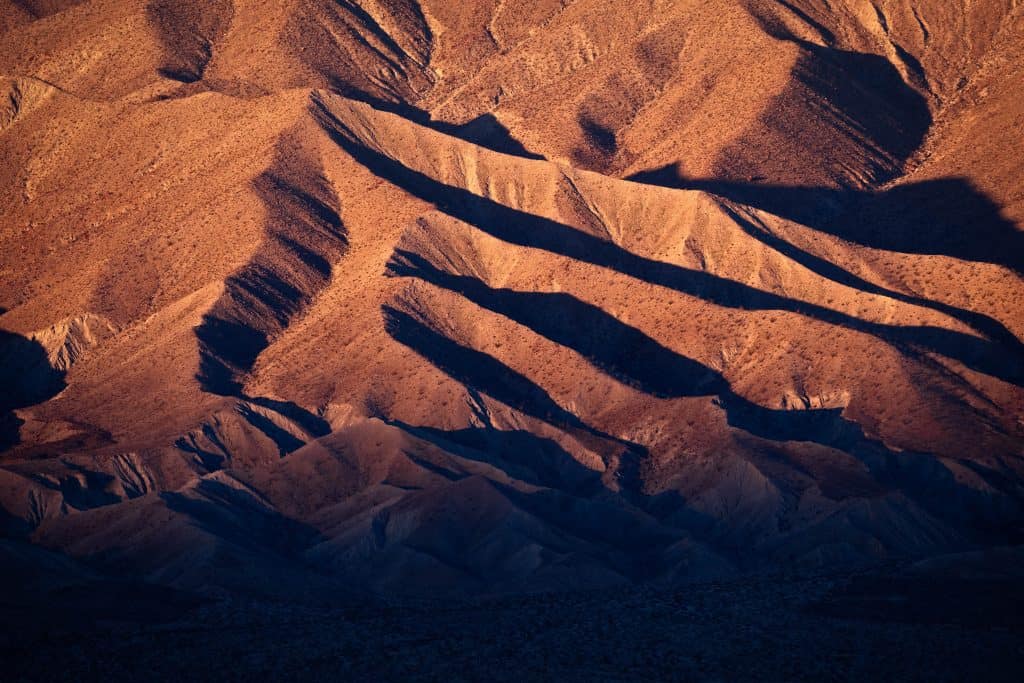
As stated in previous reviews the Fujifilm lenses are a work of art. They are all incredibly sharp and I have no desire for new lenses.
Here are the lenses I would recommend, I prefer zooms over primes myself.
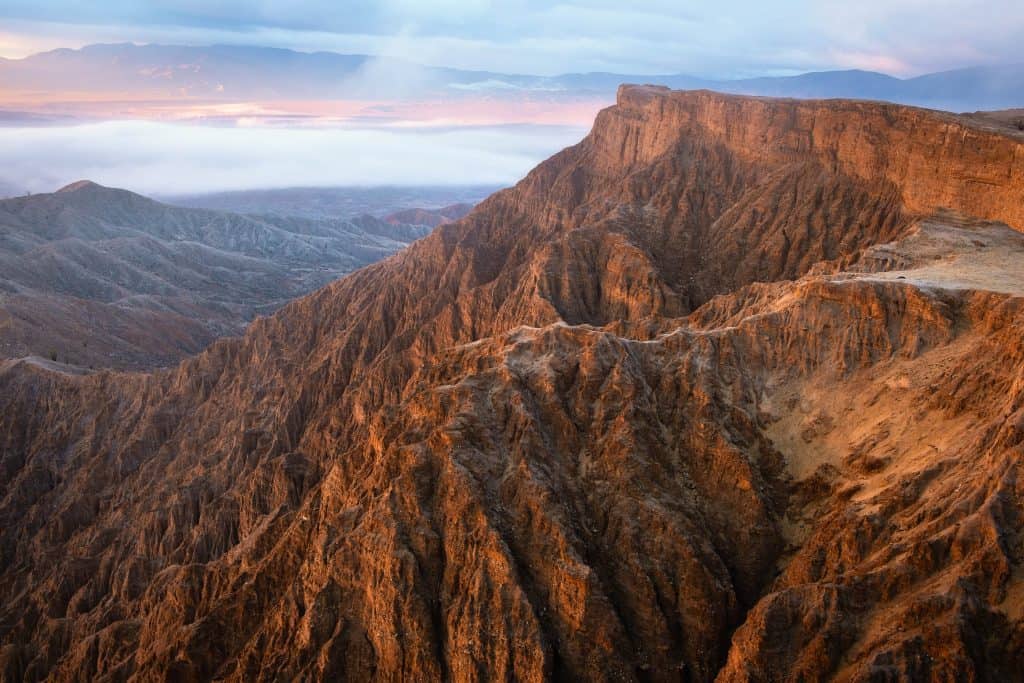
If you are looking to upgrade from the X-T2 you have a tough choice on your hands (here is my review of
It is nice to be able to just touch where I want to focus. I have mine set to only focus and not take a picture as I find that to be frustrating to accidentally take photos all the time. I found the swiping features to no be implemented well, I was constantly swiping by accident so I turned this feature off after a while. It needs to be more of a deliberate swipe all the way across the screen to prevent accidental swipes. I feel like Nikon has done a better job at implementing the touch screen overall. Knowing Fuji, this will be addressed in future firmware updates and we will continue to see improvements. At this point in
This is a feature that I did not think would be a big deal, but now I absolutely love it. There are a few things that this achieves;
The Bluetooth automatic connection does need to be improved, I don’t think my phone has ever automatically connected even though I have that setting turned on in the camera. My Beats earbuds always connect, why can’t the camera?
The AF on the X-T3 is truly exceptional. It is one of the best on the market if not the best, right up there with the Nikon D500. This is not terribly important for landscape photography except when you get into low light situations. I love to photograph during twilight when there is a beautiful glow on the land, but it can be very challenging to focus when it is almost dark. I have been blown away by how well the X-T3 focuses in these conditions. While my friends with Nikons and Canons are packing up because they cannot focus anymore, I am still nailing the focus even though I can barely see with my eye, insane!
If you ever shoot moving subjects outside of the realm of landscape photography, the AF is unbelievably good. We photograph dolphins each spring on a moving boat, it is a challenging situation with the dolphins erratically moving in and out of the frame quickly. I recently tried out the X-T3 photographing dolphins and used the pre-shot feature to capture images before I even press the shutter (this only works with the electronic shutter). Incredibly it nailed almost every shot even when I was quickly bringing the camera up and firing before I was even looking through the viewfinder. The Pre-Shot feature allowed me to capture moments that I would have otherwise missed with any other camera. Combine this with 20fps using the electronic shutter and it is an amazing experience.
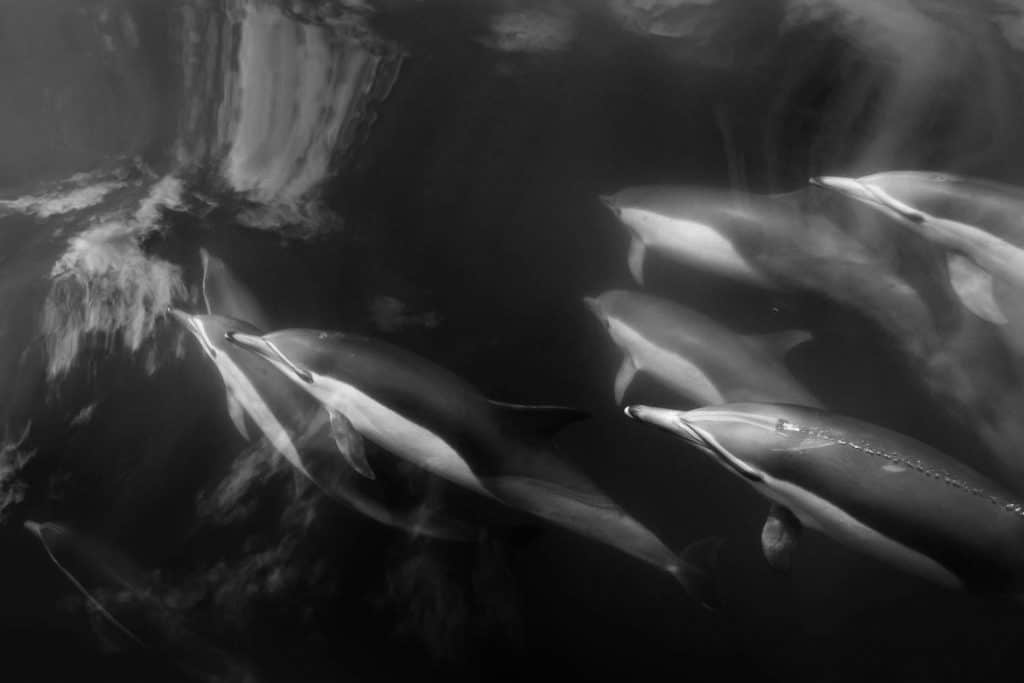
The sensor is now backlit, which means it can collect more light. The biggest advantage of this is low light focusing performance, AF works better and the display looks better for manual focusing which means less noise and better colors. Image quality is slightly improved, but to such a small degree that you won’t notice it in reality.
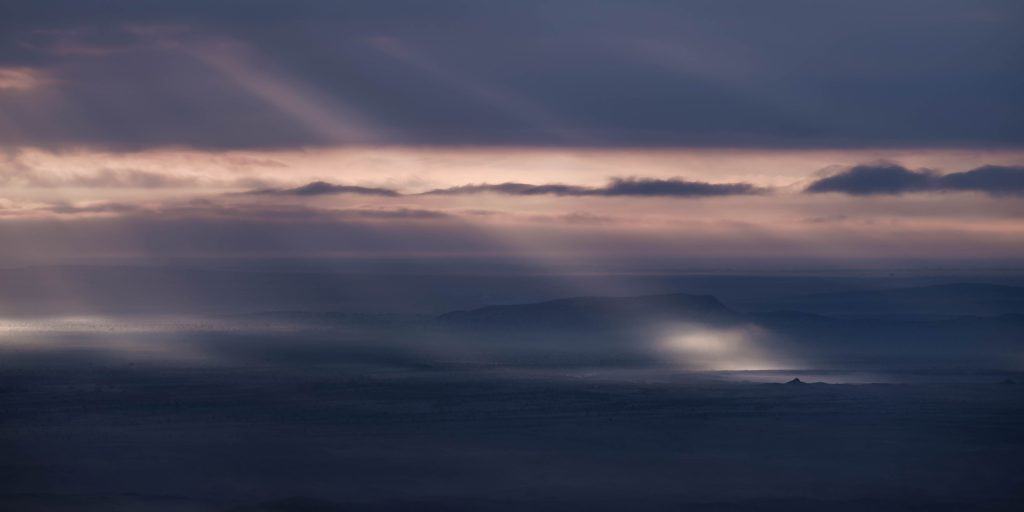
There are some small things that annoy, admittedly they are very minor.
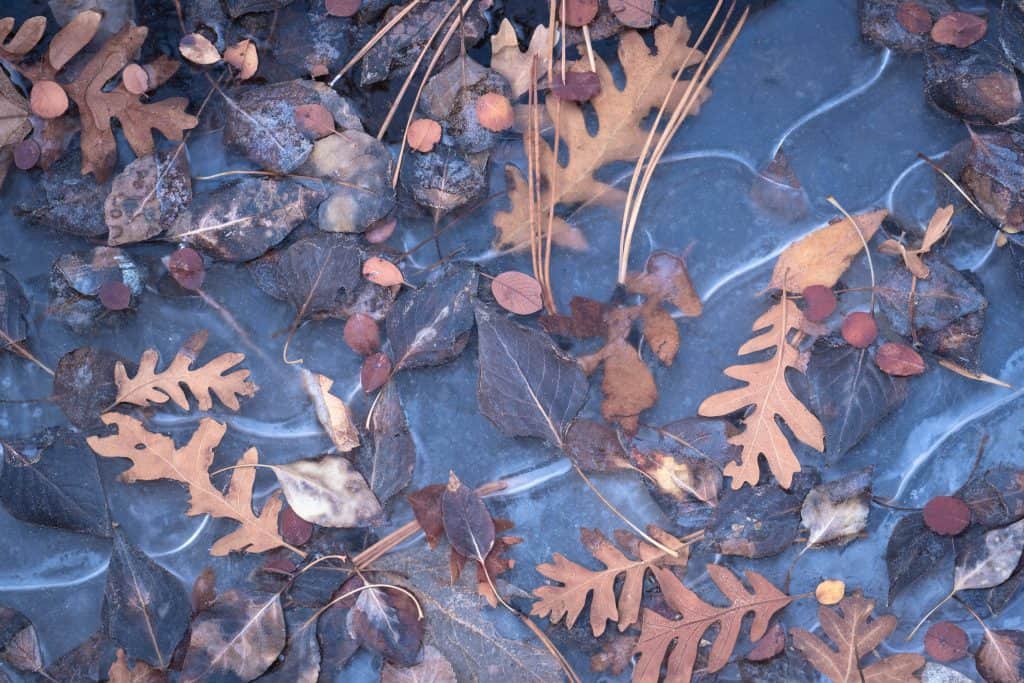
The body is almost identical, but it was changed oh so slightly that L-Brackets from the X-T2 will not fit. I previously used the Really Right Stuff L-Bracket on the X-T2 but they did not have them ready when I purchased so I gave the Kirk bracket a try. I must say that I really like it. It is designed very well to be lightweight, solid, and allows full function of your camera. Plus it is $85 less than the RRS so I do not see myself going back.

If you’re in the market for a reasonably priced and lightweight system for nature photography, the X-T3 is hard to beat. It is fun to use, the image quality is great, the lenses are incredibly sharp, it has all the features you will ever need. I do not think you’ll be disappointed.
If you already have an X-T2 and are thinking about upgrading…it’s complicated. If you use your camera strictly for landscapes, there isn’t a lot to rave about; touchscreen, better low light abilities, a couple million more megapixels. The X-T2 is a great camera and if yours is working well, I wouldn’t spend the extra money.
Now, if you do video or any wildlife the X-T3 is a massive upgrade. They have done some astonishing things with both and I would highly recommend upgrading.
Came across this wonderful article David, and really wanted to thank you for putting it together. At long last, I’m finally looking to upgrade as well from the Nikon D750, and have long been considering a Fuji. I have the 100V which primarily serves for family and daily documenting. It looks like you have answered my primary concern between any quality drop off from full frame. Is the XT3 still your full time landscape camera, and any thoughts on the XT5? Im leaning that direction right now, with a desire to also begin taking a little video of family travels alongside the photos. Not sure I need the 40 mp with the extra storage requirement, but info like the IBIS and slightly smaller size.
You’re welcome, Blake! This spring, I switched to the Canon R5. At the time, my XT-3 and some older lenses needed to be replaced after many years of abuse. Unfortunately, they were so slow to roll out the XT-5 and XH-2, and the lack of availability of their new lenses at the time made me jump ship. Plus, I wanted to get back into astrophotography and needed a full frame to do that well. All that said, if I were starting over now, I would get the XT-5. It’s a phenomenal camera, and I sometimes miss my nice lightweight kit. The XT-3 is still a great camera, but the XT-5 would undoubtedly be my choice. I would not like to go back to a camera without IBIS; that’s a game changer.
Thanks for the reply, and very good info to know! One last question I promise. Did you have any experience with the 70-300, and would you recommend that instead of the 100-400 if the extra reach wasn’t a factor and it was purely based on image quality? I would be replacing my full frame 100-400, so with the crop factor the 70-300 would at least fill that same gap.
The 70-300 is a great lens, I would recommend it over the 100-400 which certainly had some weaknesses. If you ever need the extra reach then you can get the 150-600. But the 70-300 is a great all-around telephoto that is nice and compact.
I just wanted to say thank you for article on the Fuji XT-3. I came across it recently and liked the way it was written. I’ve been using a Fuji X-Pro2 user for a few years and recently bought the XT-3. Having read many articles regarding the X series cameras and lens, I must say, yours is by far the best I have read. It was so informative. Again, thank you. Great work and we’ll done.
Kind regards
Neil.
Glad you enjoyed it Neil!
i like your comments about the XT-3, likes & dislikes. I have been a Fuji X user since the X-T1 came out. i also have an XT-3 and frequently enlarge images to 20×24 and cannot tell; the difference from my D800. Enjoy your blog and travels.
Hi David
Having gone from the XT1 to the XT2 and now the XT3 , I am struggling to get decent sharp landscape images – I have even done a full reset and tried everting in manual and back to auto
Have all but given up and figured I have bought a dud ?
Thoughts
That’s very odd Tony, sounds like you probably need to send it in for repair!
Have you tried calibrating the your lenses? Your camera may be focusing in front or behind the optimal focus point. Lenses need to be calibrated to each camera so you can get sharp images and accurate focusing. Do not simply assume that your lenses and camera, or cameras, are accurate when autofocusing. Google for more How To
Calibrating only applies to DSLR's, mirrorless cameras do their focusing on the sensor
Would you still recommend the XT-3 in 2022? I'm coming from a Nikon D750 and plan to hold onto it until I see if I like the Fujifilm system. I came from film and love the look and feel of the fuji bodies with so much that I use being accessible on the body without the need to menu dial. I'm really excited to try the film simulations. I don't do video really and think the XT4 is more than I'd use (video upgrades) I like the idea of IBIS since I shoot stills and it might give me more options to handhold. For this reason I'm also considering the X-S10. I like the lems suggestions you provided 10-24, 18-55 ,55-200 as that covers it all. Your thoughts?
Absolutely! I still use the X-T3 myself. I have no desire to ‘upgrade’ to the X-T4 as I don’t like the flip out screen. The only thing you might consider waiting for is the X-H2 which should be coming out this year if the rumors are true. It’s supposed to be 46 megapixels with IBIS. But right now the X-T3 is your best option and quite affordable. The lenses you listed are what I would recommend for a lightweight kit.
Thank you! I looked up the new model you mentioned but at a suggested price of $2799 that's more than I'd want to put in one. I'm sure the images will be fabulous, but these days I shoot mostly for my sanity and pleasure lol. I think I'll go with the XT3, 18-55, add a 16mm or 35mm prime and call it a day! Thanks for your help.
Thanks a lot for this great article. I want to take up nature photography as a hobby and you have helped confirm that this is the camera I want to buy. Since I can only afford one lens, is the 18-135mm a good starting point so I can cover close and distance objects?
Hey Greg, that is a good starting point. It’s a little soft at 135, but if you can only get one it’s a great lens to start with. Or if you’re feeling a bit more adventurous you could seek out a used 18-55 and a used 55-200 for around the same price!
Hi David,
I am exploring a new Camera for landscape & nature photography mainly with a mix of general purpose use as well.. what’s your view on new Fujifilm X-T4 just being launched…
Hi Gautam, unless you plan on doing video work the X-T4 is a fairly minor upgrade from the X-T3 for nature and landscape. The big addition was in body stabilization which is less important if you’re usually working on a tripod. The low-light AF has been improved which would be good for wildlife and shooting in twilight, but this feature will likely come to the X-T3 via a firmware update later this year. I think the new flip-out screen will be more awkward to use than the fold-out screen on the X-T3. Plus the X-T4 is a little bigger and heavier than the X-T3. I would save your money and get the X-T3.
Hi David,
Great summary of the pros/cons of using the X-T3 for landscape photography. I see you are using LR and PS for processing RAF files. For some reason I thought you were trying out Capture One? If so, is there a reason why you ultimately went back to Adobe? I ask because I am in the process of deciding what direction to go – stay with LR and PS (integrated workflow, powerful, mobile editing support and good DAM) or Capture One with Affinity Pro (generally better RAW conversion of RAF files, but workflow is is less direct for things like stitching, exposure/image blending etc).
All the best,
Wade
Hi Wade, I did use Capture One for some time but I just wasn’t happy with results on some images and primarily the workflow did not suit me. Like you said the organization, panoramas, hdr, integration with other programs, etc. left me coming back to Lightroom. I have since found a workflow to prevent worms and I get just as good of results in Lightroom. Now that I have this workflow dialed in I will create a post about this, I’ll try to get it done in the next week. Thanks for the reminder!
Yes, it would be interesting to know you work-around for some of the issues posed by the RAF files. Worms are one issue, but I also find that foliage can get smeared or look painterly in LR, but perhaps that is also a sharpening issue as well. Anyway, I look forward to your upcoming article!
Wade
The link to the fullsize versions doesn’t work?
Sorry, the link has been fixed.
Hi David,
Great review, really answered a lot of questions I had about Fuji. I’m a current entry level DSLR shooter looking to upgrade to a more lightweight mirror less setup. I mainly shoot birds and nature, and like to bring a camera on hikes. You mentioned in an above comment that the XT4 is adding IBIS but that you didn’t think it was worth the price difference between the XT3 and the newer model. Do you shoot birds or other wildlife at all? And would that change your perspective on IBIS if wildlife was a large portion of your photography?
Thanks!
Hi Carl, I do not shoot any birds/wildlife so my perspective is purely from the landscape side. The IBIS looks quite impressive and would really help in low light situations with wildlife. So in your case the XT4 probably would be worth it!
Hi David,
I recently bought fujifilm xt4 and I have read through all the posts in your blog. I am really impressed with the colors of your colorful landscape photos. Can you tell me how to install on fujifilm to take pictures like this?
Demo: https://1dc68ulk05e2onng33ltnq41-wpengine.netdna-ssl.com/wp-content/uploads/DSCF0289-IridientEdit-1.jpg
Thank
Thank you! Quite frankly it all comes down to post-processing. I would highly recommend my video series on colors and tones https://www.exploringexposure.com/videos/colors-and-tones/. The example you gave is a very simple one to process, but it does take some finesse to create nice tones with such flat light.
Hello David,
Thanks a lot for your review!
I would like to mention that the link to your smugsmug webpage is not working.
Regards,
Sergio
Thanks Sergio, just updated the link.
Great writeup. I sold all my Sony gear and am now a Fujifilm fanboy. I replaced my A7R2 with a GFX 50S, and my A6300 with the X-T3. The plan is to use the X-T3 for backpacking and general purpose photography, and for that it excels. The camera produces beautiful images and I am only slightly disgruntled that I don’t have the GFX when I am perched atop some mountain after hiking for 10 miles lugging camera crap.
I have pretty much the exact same setup you suggested. Love the Kirk L-bracket. I have the three lenses you suggested for the lightweight setup, plus a couple of primes. Very happy with the system.
Using Capture One Pro and Affinity Photo. Sometimes Luminar and Aurora.
Thanks for sharing!